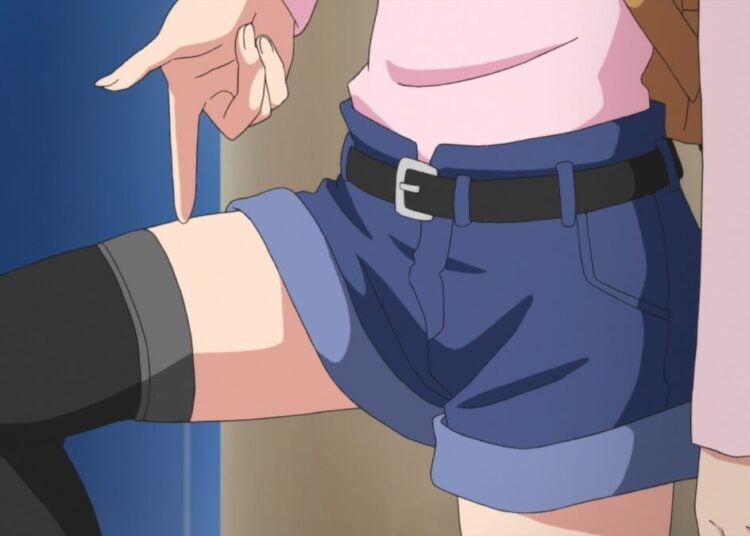A couple of posts ago I mentioned a funny scene in the Nichijou anime in which Yuko and Mio try to avoid using English words, which can be difficult as there are a lot of them in daily use. This is a Very Good Thing for native English speakers, as it means that 10-15% of the words you’re likely to use on a daily basis are already in place in your mind, even though you may need to get used to “English” terms like “rinse in shampoo” (which means conditioning shampoo). Still, a funny thing happens when you study Japanese long enough: you start encountering Japanese versions of these English words. For example, most Japanese would use the word “kiss” in English, and yet it’s not that uncommon to encounter the original Japanese word (seppun) in a novel which was trying to sound more literary. The English word “pink” is used in Japan, but someone might use the word momo-iro (“peach colored”) instead, for aesthetic reasons. If you needed a Phillips head screwdriver these days you’d ask for a purasu doraiba or a “plus driver,” but older Japanese wouldn’t know what this newfangled word meant, so you’d have to ask them for a neji-mawashi instead.















